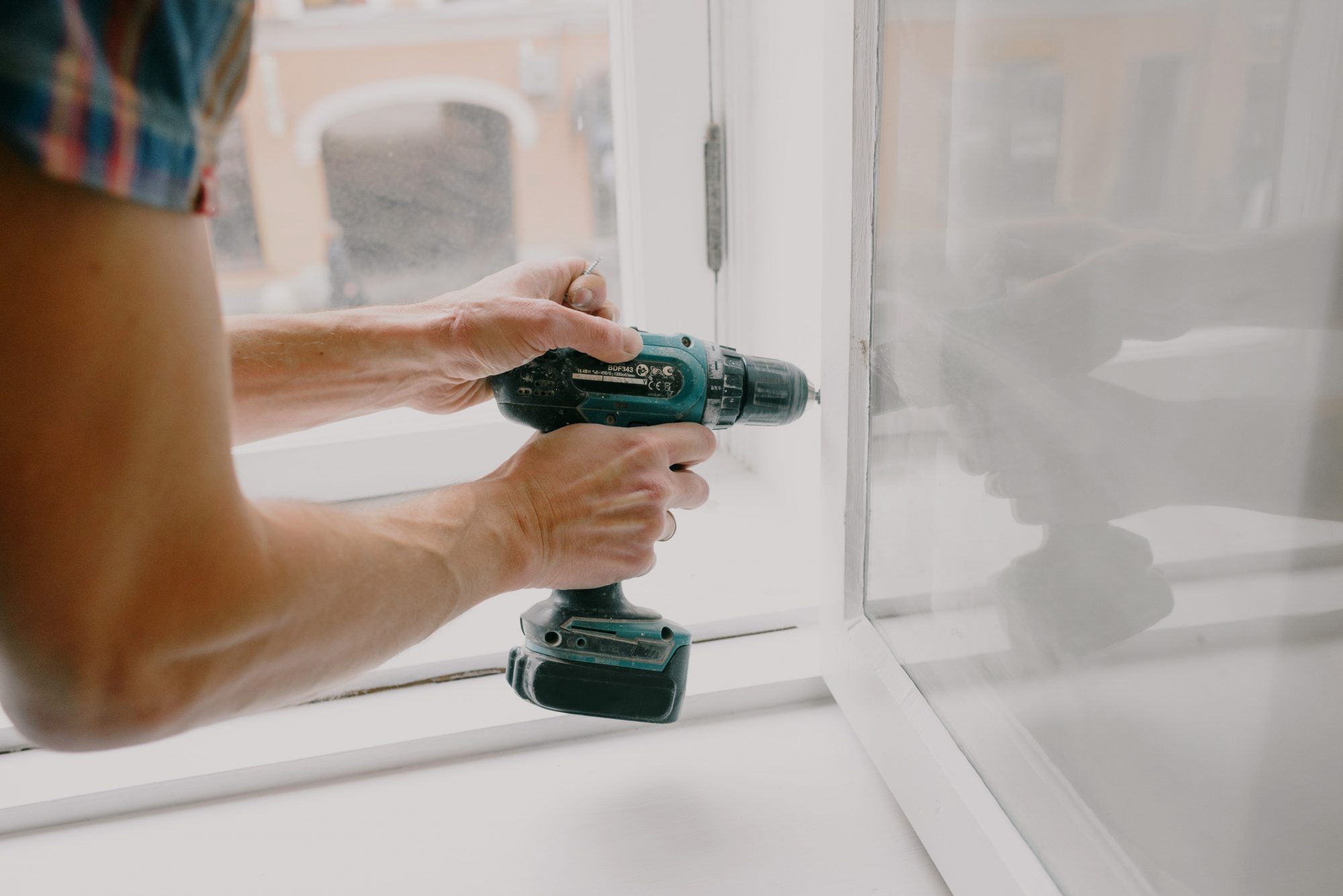The ultimate guide to understanding fair wear & tear in a rental property
Tenants are expected to return a rented property to its original state when they vacate, but this is not always possible when items in a home naturally degrade over time. These items are not considered to be damaged if they have aged according to a normal timeline.
These are some parameters we work on for fair wear & tear: Carpets having having been walked over to the extent that they are worn, and/or reasonable stains which don’t come out after cleaning would certainly be considered wear because it’s reasonable to assume some staining in carpets with use over time.
But something that can be cleaned off, e.g. build up of mould in a bathroom and/or soap scum on shower floors/doors really doesn’t reasonably seem like wear for the cost of the landlord.

What is Wear & Tear?
The guidelines for wear and tear are not definitive, for it’s very nature an exact definition isn’t possible. Therefore interpretation, experience, advice, and some case law are used.
As far as reasonably possible we always try to ensure that properties are left in the condition they were given, save for things beyond the control of the tenant.
A general rule of thumb is that if damage is caused by a tenant to the property regarding something that does not normally wear out, or the tenant, due to their actions substantially shortened the lifespan or something (that does wear out), the tenant may be held responsible for the cost thereof by utilising the deposit or part thereof paid by the tenant.
The landlord should always take into consideration how old the item was and how long it may have lasted if not for the action of the tenant including the cost of replacement.
An article by De Rebus poignantly summarises the debacle:
“The bottom line is that, unfortunately, there is no fixed test for what may fall under the exception of ‘fair wear and tear’ in lease agreements – it [would depend] on the interpretation of the facts and circumstances of each case.”
TPN weighs in
TPN Credit Bureau suggests that the following questions be asked:
- Was the damage caused by everyday use?
- Was the discolouration caused by natural fading over time?
- Does the item in question normally wear out over time?
Should the answer to any of these questions be “no” it is likely that the tenant will be responsible for repairing the relevant item.
Practical examples
There are, however, some common examples tenants can keep in mind:
Wear & Tear
– Paint that has faded in the ordinary course of use
– Plaster that has cracked as a building settles
– Carpets worn as the result of being walked on
– Blinds and curtains that have faded because of the sun
– Loose grout
– Small indents where door handles meet the wall
Damage
– Windows damaged as a result of being slammed
– Walls damaged due to nails or screws
– Paint discoloured as a result of cigarette or candle smoke
– Carpets discoloured due to pets or stains, or burned by cigarettes
– Kitchen counter tops scratched due to cutting
– Rips or holes in curtains
– Blocked drains as a result of hair, food, or other improper items entering the system
– Cracked tiles

Security deposits
Tenants need to ensure that all damages made to the property are repaired before they exit, or they will not receive a full security deposit refund. The landlord may use the security deposit to fix any items that require attention, repair or replacement, before returning the balance.
FAQs
Landlords must fix structural faults as well as damages that have incurred through no fault of the tenant. For example, fabric fading from sunlight exposure and carpets wearing down over time from walking.
Consider items that are constantly exposed to the environment, or are used in their normal capacity and eventually wear down.
Damage is caused by negligence or inappropriate actions by the tenant, such as making holes in walls or blocking drains with food. Repairs are needed because items have been used incorrectly, or without care.
No, landlords can only charge for damages – i.e. items that need repair due to the actions of the tenant shortening their lifespan.